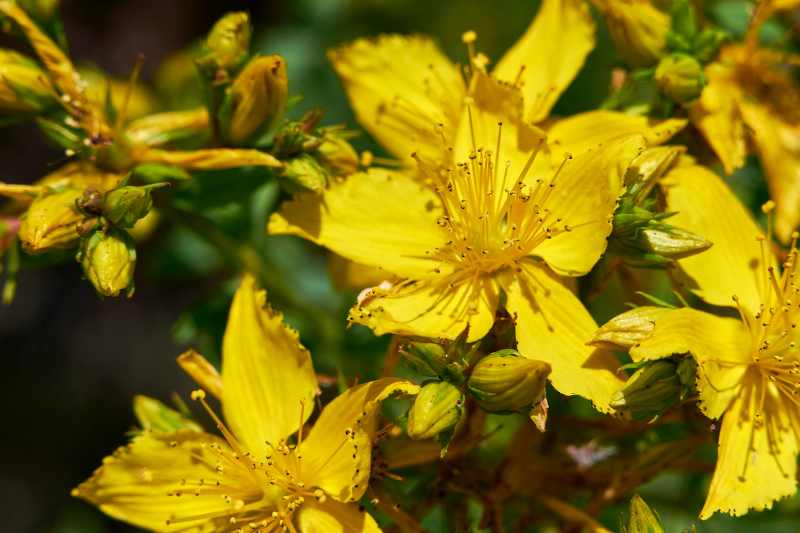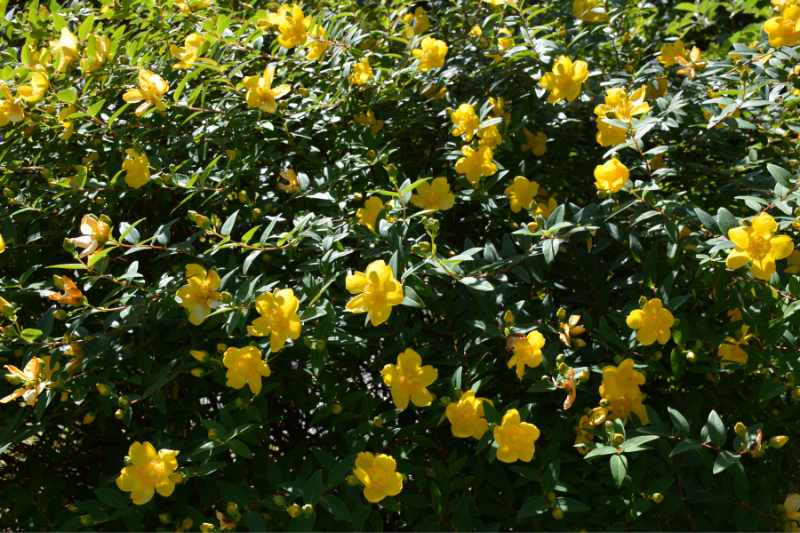Learn more about layering in our advice sheet!

Learn more about layering in our advice sheet!

Learn more about layering in our advice sheet!

Learn more about layering in our advice sheet!

Learn more about layering in our advice sheet!

Learn more about layering in our advice sheet!

Learn more about layering in our advice sheet!

Learn more about layering in our advice sheet!

Learn more about layering in our advice sheet!

- Choose a low, flexible stem from parent plant
- Make a slight incision on underside of stem where it will touch soil.
- Mix compost and sand to prepare layering site.
- Bend stem so it touches prepared soil.
- Bury stem in soil, covering it with garden soil and weighing it down with a large stone. Upper leaves will remain exposed.
- Water regularly to keep soil moist if there is no rain.
- Check rooting after a few months by lifting stem slightly.
- Once rooted, separate new plant from parent plant and transplant to desired location (not before one year).
Learn more about layering in our advice sheet!

- Choose a low, flexible stem from parent plant
- Make a slight incision on underside of stem where it will touch soil.
- Mix compost and sand to prepare layering site.
- Bend stem so it touches prepared soil.
- Bury stem in soil, covering it with garden soil and weighing it down with a large stone. Upper leaves will remain exposed.
- Water regularly to keep soil moist if there is no rain.
- Check rooting after a few months by lifting stem slightly.
- Once rooted, separate new plant from parent plant and transplant to desired location (not before one year).
Learn more about layering in our advice sheet!

The St John's wort, also known as Hypericum, is a plant widely grown for its medicinal properties, notably in phytotherapy to treat mood disorders and skin problems (specifically species H. perforatum). But St John's wort is also an ornamental plant, a lovely golden shrub appreciated for its yellow flowers and ease of cultivation. Often found in seaside gardens because it tolerates sea spray well, it is also very drought-resistant. It is interesting to propagate to create bright splashes of colour and achieve a very colourful garden.
In this tutorial we explain how to propagate St John's wort by sowing, propagation by cuttings, division and layering, providing key steps and equipment needed for each technique.

Which St John's wort varieties are suitable?
Certain varieties of St John's wort are easier to propagate than others. Here are some of the most receptive to propagation:
- Hypericum calycinum : a creeping, groundcover variety, ideal for borders and shaded areas.
- Hypericum kalmianum : a cold-hardy bush, suited to hedges and rock gardens.
- Hypericum olympicum : a compact variety, perfect for flower beds and gravel gardens.
Different propagation methods
Sowing
Sowing is a simple method to propagate St John's wort.
Period : sow in spring or autumn.
Equipment : St John's wort seeds, seed compost, pot or seed tray, plastic film or transparent lid.
How to proceed?
- Collect seeds in late flowering, in autumn when fruits have blackened and separate seeds from pulp.
- Fill pot or seed tray with seed compost.
- Sow seeds on surface of compost.
- Cover seeds lightly with compost.
- Water with a spray bottle to avoid displacing seeds.
- Cover pot or tray with plastic film or transparent lid to retain moisture.
- Place container under cold frame, or in a bright spot without direct sun.
- Keep compost moist until germination.
- Pot on young plants into individual buckets once they have developed a few leaves.
- You can plant them out in garden after one or two years.

Propagation by cuttings
Propagation by cuttings is the fastest and most effective technique to multiply St John's wort. We particularly recommend it:
Period : take cuttings in summer or autumn.
Equipment : pruning shears, stem cuttings, pot, potting compost, plant hormone (facultative).
How to proceed? :
- Cut semi-ripe cuttings 10 to 15 cm long from healthy, non-flowering stems.
- Remove lower leaves. Keep one pair of leaves at top of stem, cutting them in half to reduce foliar area.
- Dip cut end of cutting in plant hormone (facultative).
- Fill a pot with light, moist potting compost.
- Insert cutting into compost, burying half its length.
- Water lightly and place pot in a bright spot without direct sun.
- Keep compost moist until rooting (about 4 to 6 weeks).
- Transplant rooted cutting into a larger pot or into ground the following spring
Everything about propagation by cuttings in our advice sheet!
Division
Division is a simple method to multiply St John's wort and preserves characteristics of parent plant.
Period : divide in spring or autumn.
Equipment : spade, pruning shears or knife, new pots or planting site in ground.
How to proceed? :
- Lift clump of St John's wort with a spade, taking care not to damage roots.
- Divide clump into several sections with pruning shears or a sharp knife, ensuring each section has roots and healthy shoots.
- Replant sections immediately in new pots or in ground, observing St John's wort growing conditions.
- Water well after planting to encourage rooting.

Layering
Layering is a method to propagate St John's wort that produces new plants while keeping parent plant in place. New plant will be identical to parent plant as with division. In fact, St John's wort tends to produce many suckers, especially species such as H. calycinum.
Period : layer in spring or autumn.
Equipment : low, flexible stem, pruning shears, stake, compost, sand.
How to proceed? :
- Choose a low, flexible stem from parent plant
- Make a slight incision on underside of stem where it will touch soil.
- Mix compost and sand to prepare layering site.
- Bend stem so it touches prepared soil.
- Bury stem in soil, covering it with garden soil and weighing it down with a large stone. Upper leaves will remain exposed.
- Water regularly to keep soil moist if there is no rain.
- Check rooting after a few months by lifting stem slightly.
- Once rooted, separate new plant from parent plant and transplant to desired location (not before one year).
Learn more about layering in our advice sheet!

































Comments